Astrophytum kikko, commonly known as the Kikko cactus, is a mesmerizing species renowned for its stunningly intricate patterns and unique aesthetics. Hailing from the arid deserts of Mexico, this remarkable plant has captivated the hearts of cactus enthusiasts and collectors alike. Renowned for its distinctively patterned skin, every specimen offers a tribute to nature’s artistry, making it a sought-after addition to any collection. The following exploration will delve into the captivating world of Astrophytum kikko, examining its striking features, cultivation requirements, and the various forms it takes.
Understanding the Kikko: Geography and Origin
Astrophytum kikko is endemic to select arid regions of Mexico’s northeastern part, flourishing under harsh sunlight and minimal moisture. It is a member of the Cactaceae family and the genus Astrophytum, a collection noted for its geometrical shapes and unique textures. Natural habitats typically include rocky outcrops where the plants benefit from excellent drainage and exposure to abundant sunlight. Within this harsh environment, the Kikko cactus has developed an incredible resilience, becoming a prime example of adaptation.
With its origins in Mexico, studying the Kikko introduces enthusiasts to the biome where it thrives. The contrast between its vibrant beauty and the rugged terrain of its native habitat mirrors a narrative of survival and exceptional evolution—a testament to the species’ durability.
The Aesthetic Allure of Patterns
The most striking feature of Astrophytum kikko resides in its fascinating surface patterns, which exhibit remarkable variations. The word “Kikko” translates to “tortoise shell” in Japanese, aptly reflecting the visual appearance of this cactus. The Kikko’s skin is adorned with a striking blend of white, yellow, and green hues, creating a vivid, eye-catching display. The surface is embellished with prominent tubercles, typically featuring a mesmerizing arrangement of white flecks known as “dots,” which give rise to an enchanting contrast against the green epidermis.
The allure of Astrophytum kikko is further compounded by its growth habit. It generally forms a barrel-shaped body with an asymmetrical top that can produce prominent ribs. The collective impression is of an art piece, where no two individuals are alike, each displaying an amalgamation of colors and dotted patterns that echo the unique fingerprints of the natural world.
Moreover, beyond the standard morph, certain cultivars exhibit polymorphic traits influenced by environmental factors and breeding practices. Cultivators may propagate diverse variations, leading to specimens boasting exceptionally pronounced patterns or color changes. Among these is the famous “Kikko onzuka,” a variety known for its extraordinary aesthetic appeal. These cultivars deserve attention due to their distinctiveness, offering aficionados a blend of artistic beauty and botanical rarity.
Cultivation: Nurturing the Kikko Cactus
Successfully cultivating Astrophytum kikko involves a combination of insightful practices and attention to environmental variables, ensuring that these unique cacti thrive in an artificial setting.
Lighting Requirements
Light is vital for the growth of the Kikko cactus, and it thrives best in bright, indirect sunlight. It is essential to avoid prolonged exposure to direct, scorching sunlight, especially during the hottest part of the day, as this may lead to sunburn or scorching—both detrimental to the plant’s health. A sunny windowsill or a greenhouse that allows filtered light offers the perfect conditions for growth.
Soil and Drainage Considerations
Equally important is the medium through which Astrophytum kikko is cultivated. A well-draining cactus mix with a blend of coarse sand, perlite, or pumice is ideal for facilitating optimal drainage. This mixture mimics the cactus’s native habitat, allowing water to flow freely while retaining just enough moisture to support growth. Conversely, overwatering is a common pitfall. The Kikko is susceptible to root rot if allowed to sit in excess moisture—thus, promoting a careful watering regimen is essential.
Temperature and Humidity Preferences
In its natural environment, Astrophytum kikko is accustomed to warm temperatures, making it essential to replicate these conditions indoors. Averaging between 70°F and 100°F during the growing season is optimal for fostering healthy growth. Conversely, a cooler dormancy period is beneficial in winter, where temperatures can drop to around 50°F. Adequate humidity levels should be maintained, ensuring that the overall environment does not become stagnant. Proper air circulation contributes to a healthier plant and minimizes the risks of fungal infections.
Fostering Healthy Growth and Propagation
Feeding practices can enhance growth and appearance. During the growing season, a diluted cactus fertilizer can be applied every month to provide essential nutrients. It is essential to follow the recommended dosage and formulations to prevent over-fertilization, which could damage the roots. Propagation is primarily achieved through seed germination, a method often employed to create new, unique cultivars. Some enthusiasts may also experiment with grafting rooted cactus onto other varieties to amplify growth and maintain desirable traits.
Common Pests and Disease Management
Carefully monitoring for pests such as mealybugs, spider mites, and aphids is imperative. Regular inspections and suitable treatments, such as insecticidal soap or horticultural oils, help ensure the plant remains unharmed. Additionally, preventing common diseases like root and stem rot can be achieved through the measures outlined above regarding watering and soil selection.
The Community of Cactus Enthusiasts
Astrophytum kikko has garnered a thriving community of enthusiasts and collectors. With robust online platforms, these hobbyists exchange knowledge, tips, and specimen photographs, further invigorating the appreciation for this unique species. In many countries, clubs and societies dedicated to cacti and succulent cultivation foster a sense of connection among individuals who share a passion for these botanical wonders. Conventions and exhibitions often showcase breathtaking examples of Kikko and other Astrophytum variants, creating a space to celebrate the incredible diversity inherent in the cactus world.
In conclusion, Astrophytum kikko stands as a testament to nature’s beauty and resilience. Its intricate patterns and captivating aesthetics not only enrich our understanding of plant diversity but also serve as an invitation to delve deeper into the fascinating world of cacti. With proper care and appreciation, the Kikko cactus offers both joy and a sense of accomplishment to those who choose to welcome it into their lives.
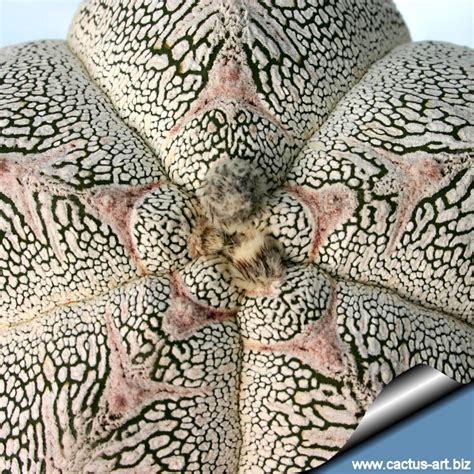
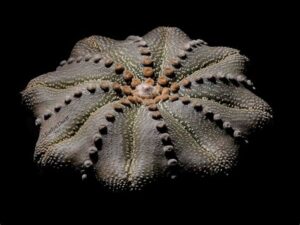
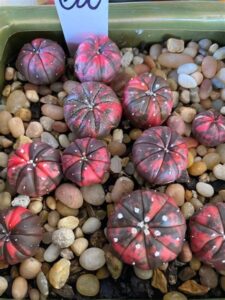
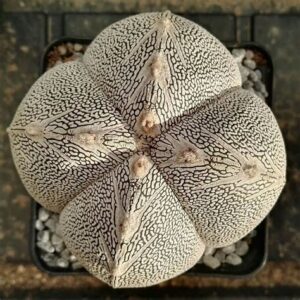
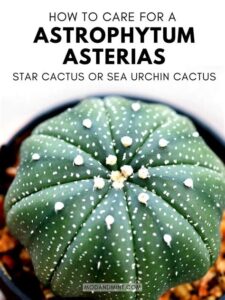
Leave a Comment